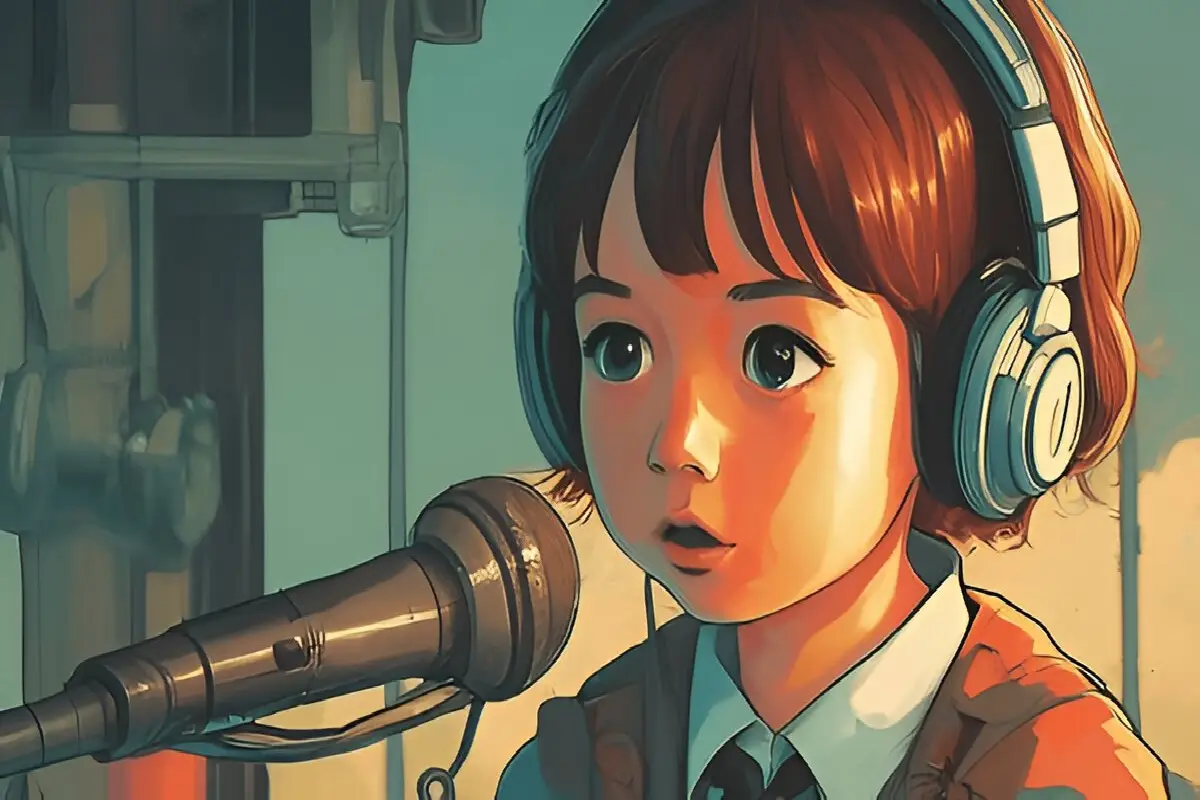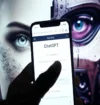Creating Studio Ghibli-Style Images with ChatGPT- A Step-by-Step Guide
In recent weeks social media platforms have gone crazy with a wonderful Studio Ghibli-style images trend where users are turning their pictures into enchanting Studio Ghibli-style images with the help of ChatGPT’s latest capabilities. The combination of state-of-the-art AI technology mixed with the nostalgia of Studio Ghibli’s animation has created new opportunities in creativity, giving people a new way to reimagine their visuals in the whimsical style of Spirited Away or My Neighbor Totoro.
The Allure of Studio Ghibli’s Aesthetic.
Legendary Hayao Miyazaki’s Studio Ghibli is the name behind numerous handdrawn animated film beauties using Japanese art, culture and storytelling in the best way possible. Their reputation is based on the dreamlike landscapes, soft color palettes and deeply human narratives present in his films. The popularity of a global fan base ’ means that the notion of reproducing such picturesque imagery is incredibly attractive.
ChatGPT’s Image Generation Feature.
The image generation feature of OpenAI and ChatGPT, powered by the GPT-4o model, allows users to generate images right on the chatbot’s interface. Photos of any sort can be transformed into any number of artistic styles — the Studio Ghibli style included. It’s been quickly embraced by people sharing their AI generated Ghibli style portraits on social media.
Creating Ghibli-Style Images with ChatGPT.
If you have access to ChatGPT’s image generation capability, then transforming a photo into a masterpiece of Ghibli style is a relatively straightforward process.
- Visit chat.openai.com and login with your OpenAI account to get access to ChatGPT.
- New Chat: Click on the “New Chat” button to start a new conversation.
- The provided prompt: In the message input field: type a descriptive prompt for the image you want to generate. For example: “Come up with a Studio Ghibli–style illustration of my photo.”
- We will also have an upload feature so you can add the photo you will be transforming.
- Submit your prompt and photo to Generate Image. Your request will be handled by ChatGPT and it will then generate an image of you to use for the purpose you specify.
- Once the image is displayed, it can be downloaded to your device.
Alternative Platforms for Free Users.
ChatGPT’s image generation feature is amazing but is accessible for super users of ChatGPT Plus, pro, Team, and some special tiers. Free users looking to create Ghibli-style photos should check out xAI’s Grok chatbot. Users are also able to generate similar artistic transformations without a subscription fee using Grok 3.
Generate Ghibli style images using Grok 3.
To produce Ghibli pictures with Grok 3 upload:
- To access Grok 3, visit the Grok website or app.
- Click on the paper clip icon and upload the photo you want to transform it into a sketch.
- Enter the Prompt: Return the same image transformed into the desired animation, like “Ghiblify this image.”
- Send your prompt to generate the image and let the AI develop the artwork.
- Once the result is satisfactory, download the image and share as desired.
Community Engagement and Ethical Considerations.
As such, the trend to Ghibli photos has gone viral, and people have been posting their own Ghiblified photos and stories online. While the explosion of AI-generated art is exciting, there are certain ethical concerns arising from the domain, mainly issues related to copyright and cloning of artistic styles. However, while museum style is allowed, OpenAI has curtailed style copying of particular living artists.
Looking ahead
On the one hand, there are the example, abovementioned AI tools, such as the aforementioned ChatGPT, that allows us to take our personal photo and instruct it to change it according to the Studio Ghibli style which is essentially a click and go solution when it comes to applying the same standards to your own photos. However, as these advancements democratize the expression of creativity, they initiate a conversation regarding the ethical application of AI creative applications. While technology advances, has an artist created something that should not be adapted by AI? Or is it time to embrace AI as a tool to augment rather than inhibit human creativity?



